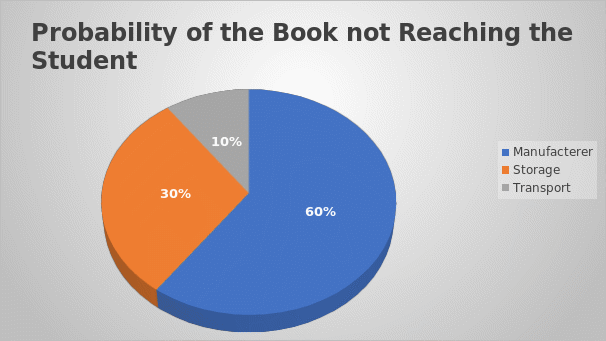Introduction and Scenario
Amazon has increased its social media presence for the past three years following the pandemic’s start. In this scenario, the supply of books by Amazon to students studying at Sanford University will be analyzed to identify the critical logistical challenges. Recently, Amazon has found itself at crossroads in meeting customer expectations, lacks insights that involve various buying channels, and fails to respond to supply chain disruptions.
Up-to-date Literature Review with a Critical Approach
The most viable approach to solving logistics problems, as stated by various authors, is the application of the queuing theory, which analyzes the tradeoffs between servers and customer waiting time. Memon and Ahmed (2019) state that the queueing approach facilitates streamlining, scheduling, and creating inventories that meet customer needs, thus reducing the overall waiting time for consumers. Generally, increasing the number of servers typically lowers the customer’s idle time cost.
Description and Model of the Chosen Scenario
Stanford University is located in Stanford, California, near California’s leading Amazon stores in Palo Alto. When students in the university order books online, Amazon servers integrate that information and send it to Palo Alto stores. Once the stores receive the data, they are obliged to deliver the product to the student if they deliver via the FBA method or wait for them to pick it up at the store (Lagorio & Pinto, 2021). The reception of the product is a factor of the manufacturer supplying the books and the store having sound storage systems and efficient transport facilities.

Justification for Analytical Approaches Adopted
For the manufacturer, it is 60% likely that the student will not get the book because if they do not produce it and send it to the store, the student’s order will remain unattained (Cohen, 2018). For the storage systems, it is 30% probable that the student will not receive the book since poor storage can damage the product’s shape, denying its relevance to the customer (Cohen, 2018). For transportation, it is 10% since the student can offer to get the book themselves from stores if the FBA method fails to work (Cohen, 2018).
Analysis Results
The above analysis showcases that the manufacturer has a significant impact on the availability of the good. Factors that affect the manufacturer, such as availability of raw materials, efficient mechanization, and transport systems, are integral in determining the product’s availability on their end (Cohen, 2018). Based on the queueing theory, congestion would occur if one of these factors lacks or are insufficient.
Discussion and Conclusion
Customers’ idle time can be reduced by focusing on points affecting the product’s availability the most on the customer’s end. In this case, it would be necessary for factors affecting the manufacturer such as management, machines, and materials to be improved for the final to be availed on the producer’s end. Other sectors that profoundly impact the supply chain can be enhanced by modernizing them.
Reference List
Cohen, R. (2018) ‘How Amazon’s delivery logistics redefined retail supply chains,’ Journal of Supply Chain Management, Logistics, and Procurement, 1(1), 75-86.
Lagorio, A., & Pinto, R. (2021) ‘Food and grocery retail logistics issues: A systematic literature review,’ Research in Transportation Economics, 87, 100841.
Memon, R. A., Li, J. P., & Ahmed, J. (2019) ‘Simulation model for blockchain systems using queuing theory,’ Electronics, 8(2), 234.
